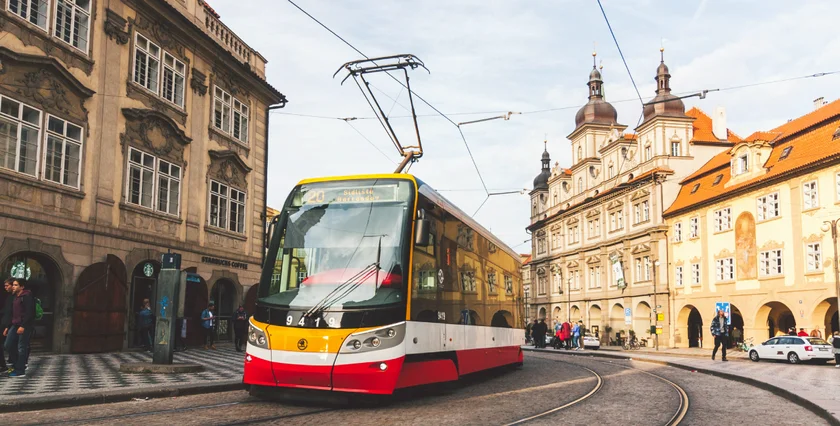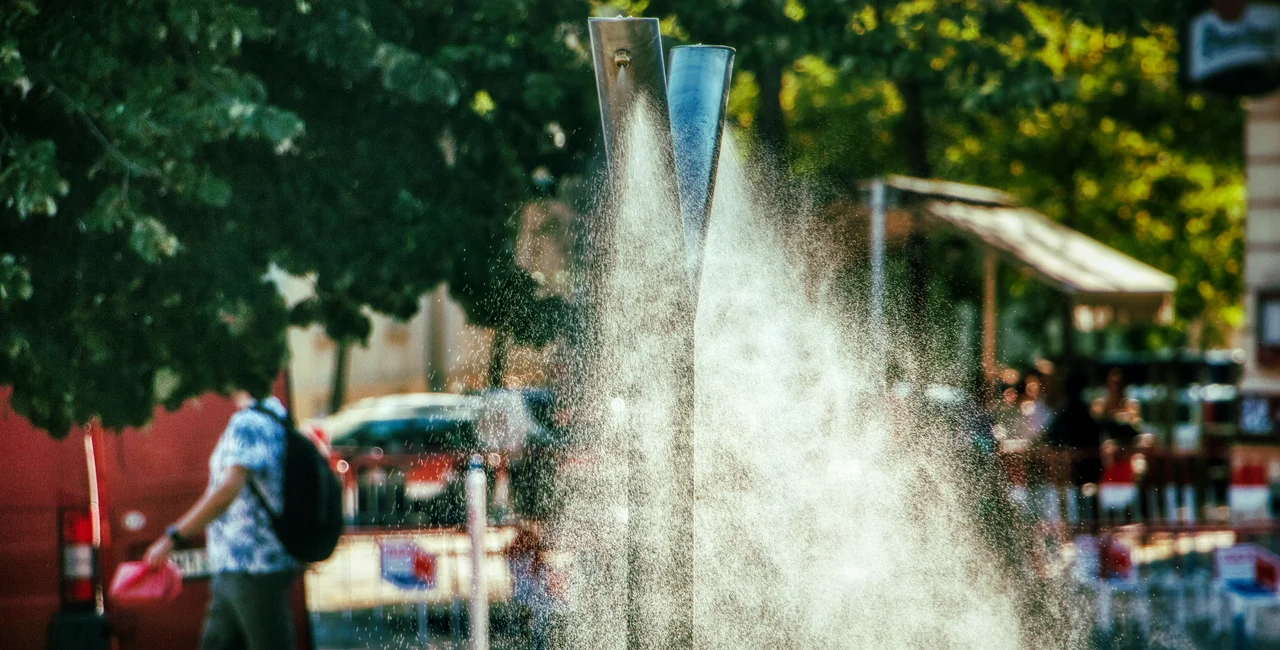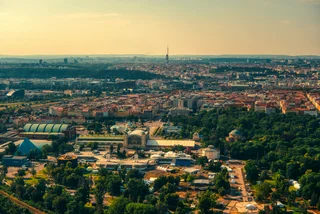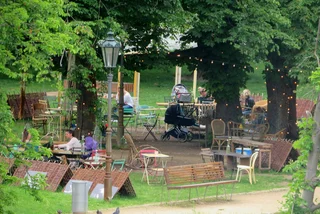Basking in the sweltering heat of Prague is inescapable today as temperatures soar above the 30-degree Celsius mark and possibly hit 35 degrees elsewhere in Czechia. While relief is anticipated for Friday and the weekend, brace yourself for a scorching summer ahead, as meteorologists predict extremely high temperatures to continue.
If you're in Prague, here's how you can conquer the summer heat.
Hana Hanzlíková of the Czech Academy of Sciences told news site Aktuálně that due to the high amount of concrete and lack of greenery, cities absorb the heat through the day, and release it back outside at night so it stays hot even then.
Meteorologists from the ČHMÚ issued a warning for high temperatures across all of Bohemia, including Prague, for the entire Thursday and for strong storms starting on Thursday evening into Friday for most of Bohemia and parts of Moravia. Storms are most likely to happen in the western part of the country. Wind gusts of around 90 km/h, large hail, and torrential rain may occur along with the thunderstorms.
"We need to have more fountains and areas where you can cool down. Also, more interiors with air conditioning are needed," Hanzlíková said. The difference between the temperature inside and outside should not be over five to seven degrees Celsius, that includes car interiors, so you reduce the heat shock, she added.
Heat shock, which unhealthy people and seniors are most susceptible to, causes a drastic and rapid blood pressure change. She suggests that if it is 35 degrees Celsius outside, the air conditioning should be set to no lower than 28 degrees to avoid heat shock.
The law in Czechia sets minimum and maximum temperatures for offices and other workspaces. Maximums range from 20 degrees Celsius for people engaged in tough manual labor to 32 degrees Celsius for people driving a tram or truck. For office workers, the maximum is 27 degrees, and for people sitting and doing light work, including driving a car and being a cashier at a store, it is 26 degrees.
Air-conditioned trams and sprinkler trucks
In Prague, only a small fraction of trams are air-conditioned. The ones with AC are the 15T ForCity trams, which have a distinctive yellow line under the window in the front, unless the tram has been painted with a special design for advertising. Some buses also have air conditioning, but it is harder to tell which ones. The metro system tends to be cooler because it is underground.

The city’s sprinkler trucks go out onto the streets when the temperature exceeds 25 degrees Celsius. The Technical Roadway Administration in cooperation with Pražské služby operates over 20 sprinkler trucks. People often try to cool off by standing near the mist as the trucks go by. The vehicles use drinking water from the regular water supply, so the water should be safe, even if some gets in your mouth.
The water trucks are not only put into operation on hot days. They also go into use when the air quality is poor, as the mist helps to trap microscopic pollution particles and remove them from the air.
In recent years, the city has been installing a network of misting points across the city, where people can stand near a gentle mist of water. You can find some of them on a Google map by searching for the word "mlžítko."
There is also a relatively new large fountain at the bottom of Wenceslas Square that sprays water up into the air, and many of the city’s other squares and parks have similar water features. Temperatures are also slightly lower in the city’s parks due to the greenery and along the riverfront due to the cooling effect of the water.












 Reading time: 3 minutes
Reading time: 3 minutes 



























